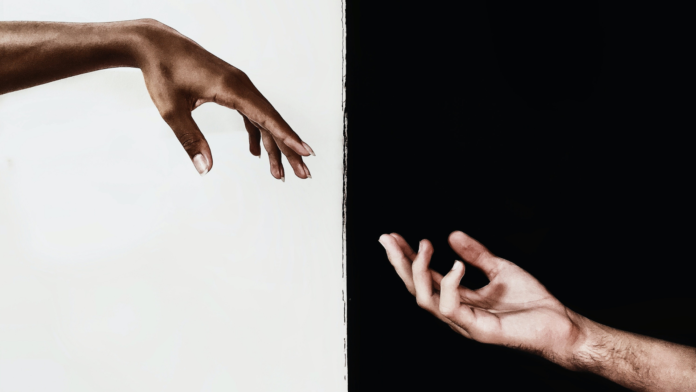The human hand is a masterpiece of natural engineering. The 27 bones, 28 muscles, three major nerves, two major arteries and multiple tendons, veins and soft tissue, give us both power and precision. But this complexity causes problems when things go wrong.
To this day, hands transplants are rare. The first Canadian hand transplant surgery took place in 2016, involving 18 surgeons working for 14 hours at Toronto Western Hospital. The patient was a 49-year-old woman who had lost her left hand and forearm 10 years earlier.
One of the reasons that hand transplants aren’t more common is the uncertainty around recovery. Efforts to align bones, reattach arteries, and repair nerves are not always successful. And even if this goes smoothly, we know relatively little about how the brain incorporates a new limb.
But following the 2016 hand transplant, a team at Krembil Research Institute had the opportunity to follow the patient’s recovery. Their findings reveal how the brain changes and networks are rewired as the recipient gains function in the transplanted hand.
“The brain is remarkably flexible. By around a month after surgery, the recipient began to feel sensations from the transplant and could move the transplanted hand. By around half a year to one year, the recipient was able to use the hand to perform a variety of daily tasks,” says Dr. Steven McCabe, a Clinician Investigator at Krembil Research Institute.
As the recipient gained function, the research team monitored the changes happening in her brain. They used non-invasive diagnostic methods, including functional magnetic resonance imaging and transcranial magnetic stimulation.
The team were specifically looking at the brain’s outer layer of neural tissue, the cerebral cortex. This area is mapped to different parts of the body, and helps coordinate our movements and sense of touch. After the surgery, the team saw changes and ‘rewiring’ in areas specifically related to the left hand and forearm.
“We did not observe changes in the mapping of the cerebral cortex to the arm that did not receive surgery,” says Krembil Senior Scientist Robert Chen. “Interestingly, the area of the cerebral cortex that is mapped to the arm that received surgery shifted to adapt to the transplanted hand, and this adaptation began before the recovery of hand function.”
This discovery could be critical for regaining function after transplant. While the rehabilitation journey is long, these early observations suggest that brain changes shortly after surgery could be key to a successful recovery.








































